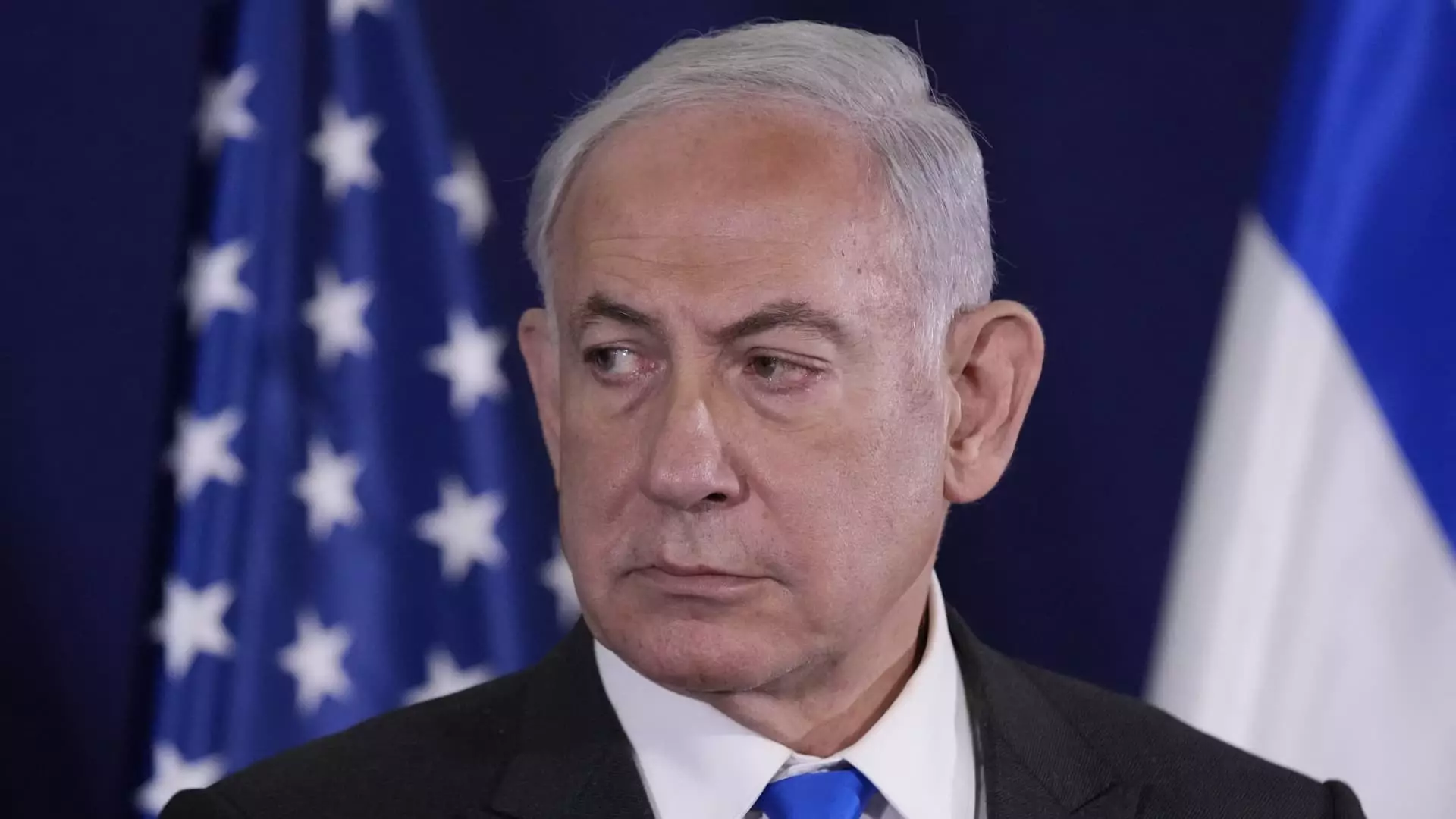Israeli Prime Minister Benjamin Netanyahu recently revealed his official plan for the future of the Gaza Strip post-war. This plan includes the continuation of Israel’s military presence in the enclave and the establishment of a security buffer zone. These actions are in direct contrast to the desires of the United States, a key ally of Israel. Netanyahu’s plan aims to demilitarize Gaza, eliminate Hamas’ governance, and secure the release of Israeli hostages held by the Palestinian militant group since October 7th. In the short term, Israel aims to maintain operational freedom throughout the Gaza Strip indefinitely. Additionally, the plan calls for a security perimeter within Gaza to remain as long as there is a security need for it. However, the U.S. has expressed opposition to the idea of reducing the size of Gaza, raising concerns about the proposed buffer zone.
Netanyahu’s proposal also includes a request for a “southern lock” on the border between Gaza and Egypt to prevent the rearmament of “terrorist factors” among Palestinians. Furthermore, the plan emphasizes the complete demilitarization of Gaza, with the exception of forces required to maintain civil order. The Prime Minister’s proposal does not mention the Palestinian Authority, and instead, calls for Gaza to be administered by locals unaffiliated with terror-supporting states or organizations. Moreover, Israel seeks to have involvement in civilian matters such as education and religion in the predominantly Sunni Muslim territory. Any reconstruction efforts in Gaza are to be put on hold until the objectives of de-radicalization and demilitarization are met. Additionally, Netanyahu has called for the closure of the U.N. Relief and Works Agency, accusing some of its members of involvement in a terror attack. This move could have significant implications for the distribution of food and resources in Gaza, as well as the provision of shelter for refugees.
The proposal put forth by Netanyahu is vague in detail and is yet to be presented to his war cabinet for a vote. This plan appears to be aimed at appeasing the far-right faction of his supporters while also highlighting the internal conflicts within his administration. Despite Netanyahu’s previous statements ruling out the reoccupation of Gaza or the deportation of Palestinian civilians, some members of his government have advocated for such extreme measures. This disparity in views within the Israeli government may lead to further divisions and challenges in the future. Additionally, Netanyahu’s plan risks straining the relationship with the United States, which has backed Israel but also supports a two-state solution to the Israel-Hamas conflict. The U.S. has been actively seeking to normalize relations between Israel and Middle Eastern countries, with a focus on reconciling with Saudi Arabia. This divergence in goals between Israel and the United States could complicate efforts to achieve peace and stability in the region.
Netanyahu’s proposal for the future of Gaza presents a complex set of challenges and uncertainties. The plan, which includes measures to ensure security and stability in the region, is met with opposition and skepticism from various parties. The internal divisions within the Israeli government, as well as the potential strain on relations with the U.S., further complicate the path towards a lasting resolution to the Israel-Hamas conflict. As the situation unfolds, it remains to be seen how Netanyahu’s plan will be implemented and what impact it will have on the future of the Gaza Strip.


Leave a Reply